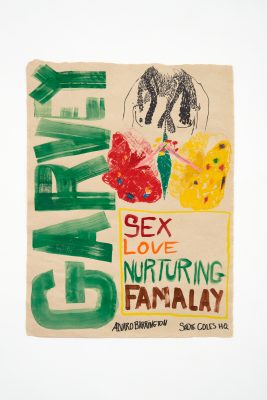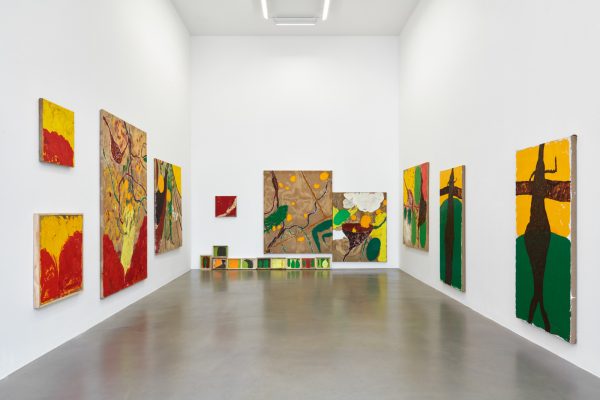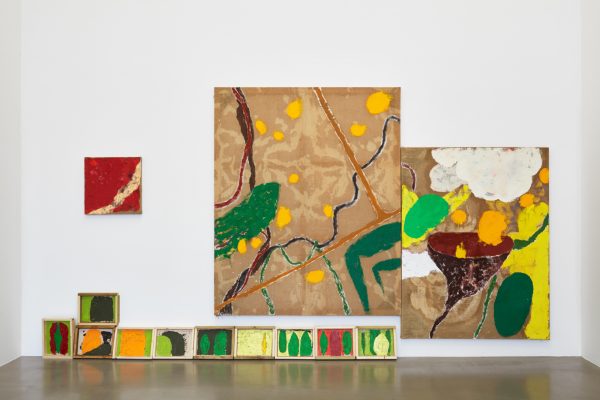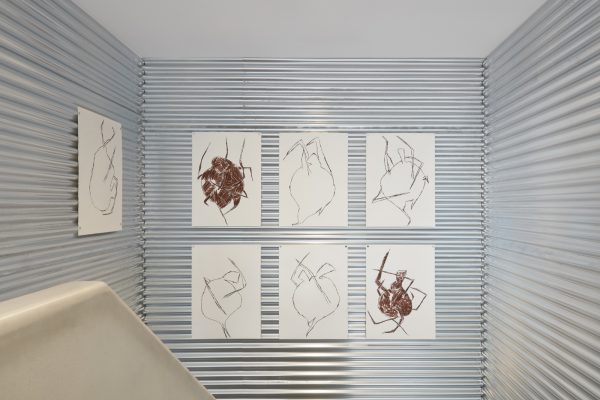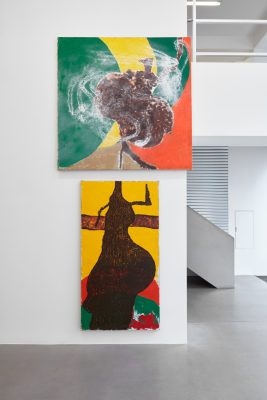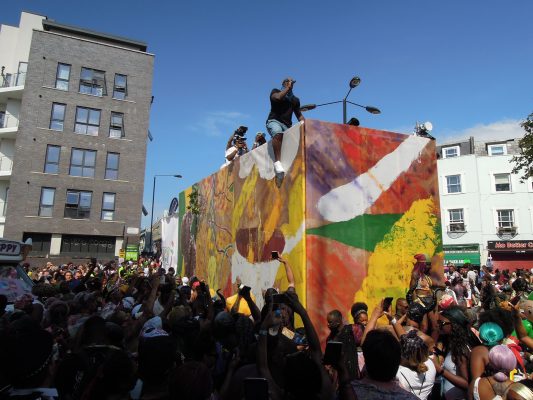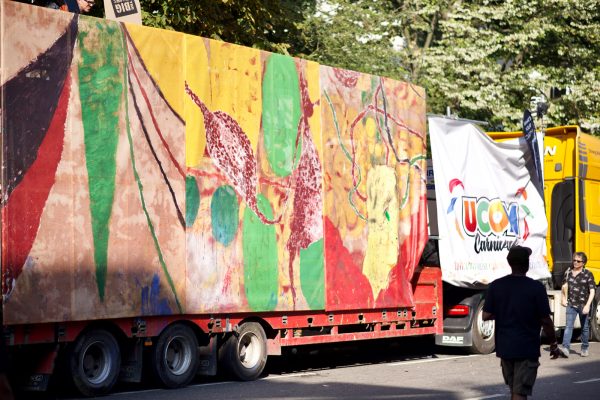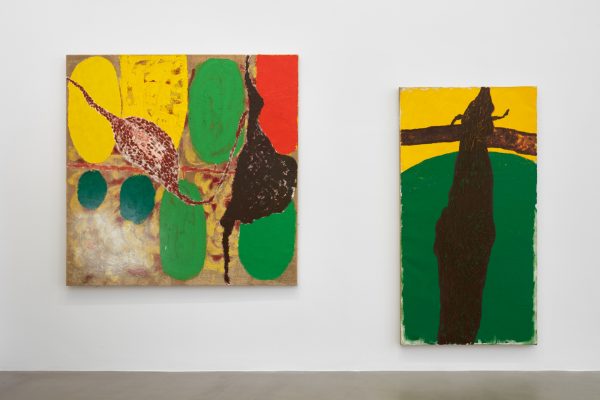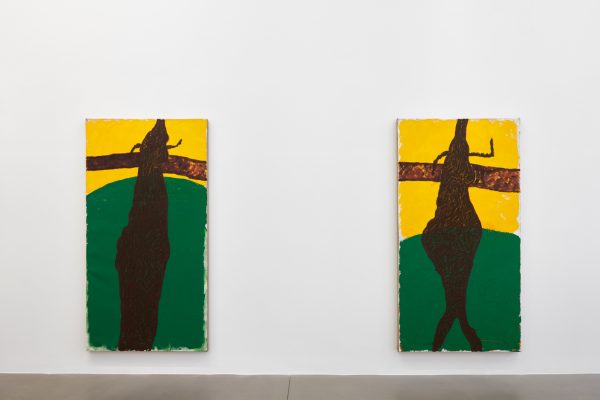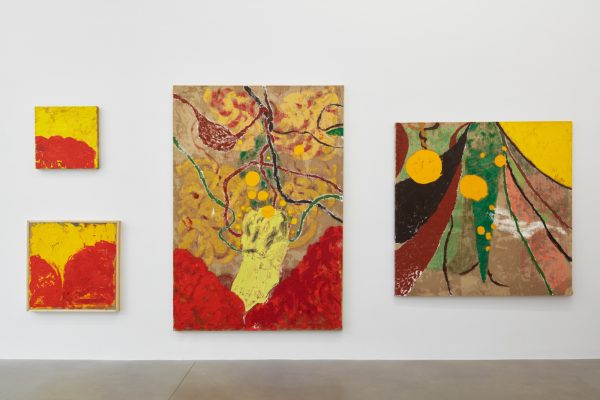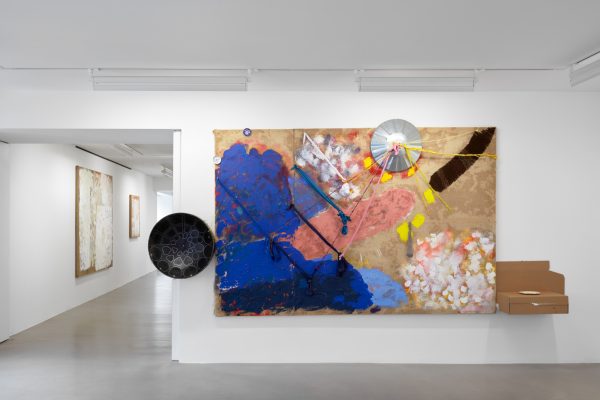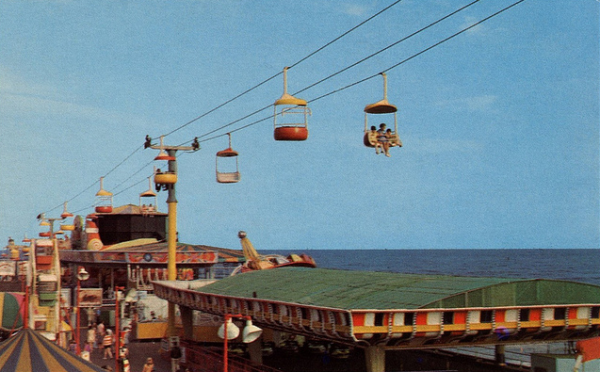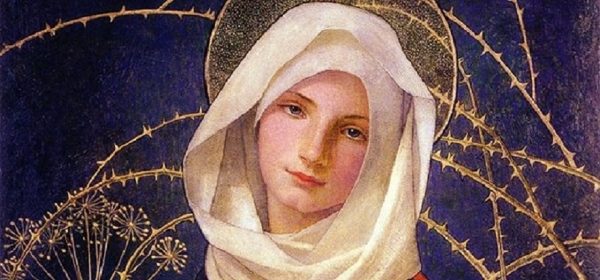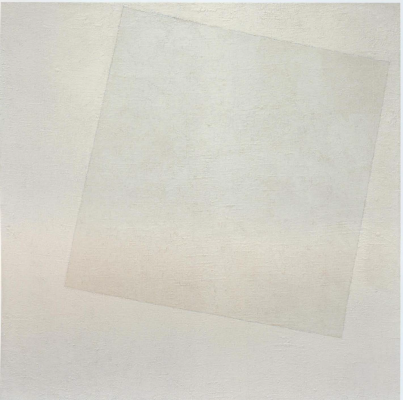The unofficial anthem of this year’s London Carnival was ‘Famalay’, a bouyon-influenced soca song that won the Road March in Trinidad & Tobago’s Carnival in March. Almost every time a mas float arrived in front of the judges, ‘Famalay’ was played and the crowd chanted its chorus – ‘Famalay-lay-lay-lay-lay-lay-lay-lay-lay’, and its praise of Caribbean unity: ‘We doh see skin / We doh see colour / We see strength / We see power’. At London Carnival, one mas troupe featured a little boy and girl dressed as what seemed like a nineteenth-century French bourgeois couple, parading in coat and tails under a sun umbrella. These costumes continued one of the earliest Caribbean Carnival masquerades, where enslaved peoples would hold balls in which they would dress up as their masters in order to mock them, a mockery they brought into Carnival after the Emancipation of slavery in the British West Indies in 1834. They were just two of the countless costumes on show over Carnival weekend, but they were a reminder of how deeply the histories of the African diaspora are woven into London life, if you open your eyes to see them.
Alvaro Barrington, who was born in Venezuela and grew up in Grenada and New York, designed a mas float with the United Colours of Mas collective for this years London Carnival, as part of his first solo London show Garvey: Sex Love Nurturing Famalay (2019). On a hot Monday, a float covered in massive canvases depicting Barrington’s signature motifs – close ups of yellow and white tropical flowers against red and pink backgrounds – slowly wound its way through Notting Hill. The same motifs appear in the paintings on show in Sadie Coles HQ. Barrington wanted to take part in Carnival to extend the audience for the show – the first of four planned exhibitions about the life of the Jamaican activist and political theorist Marcus Garvey (1887–1940). Garvey, who spent the last five years of his life in London, was committed to building cross-class solidarity across the Black diaspora, reaching out, like Barrington, to the variety of black audiences of his time. ‘One of the challenges is that galleries mostly have white viewers and I’m talking about a black man and black relationships,’ Barrington says. ‘Caribbean folks celebrate Carnival so it was my job to reach them in a space that was organic to the culture.’ A trace of Carnival has made its way into the gallery, in the spatters of neon orange, pink, and blue – the colours thrown during jouvert, the traditional opening of Carnival – on his painting Yellow past & red future (2019), a large canvas depicting one of Barrington’s central subjects, the hibiscus flower. This is the only appearance of these carnival colours amongst the exhibition’s palate of lush but muted reds, greens and yellows, and they are a reminder of the larger world leaving its trace on these blooming fields of colour.
The hibiscus flower is the national flower of Jamaica, and it makes a drink with a deep and staining red made across the Caribbean and Africa. For Barrington, it also a symbol of sex. Two square paintings downstairs show a close up of yellow and red hibiscus petals, their curved fields of colour seem to touch, but if you look closer you see on both the red is layered on top of the yellow. The painting’s titles – Touching (Yellow male red male Hibiscus) (2019) and Yellow male bottom red top Hibiscus (2018) have a double meaning. They refer both to the composition of the paint – touching, topping, and bottoming – and also to a moment of sexual intimacy. That the relationship between fields of colour – rather than any construction of an identity – is an abstract yet sensual vehicle for queer male sexuality is made clear in larger canvases also depicting hibiscus. In I Choose You (2019), Barrington seems to invert nature as he depicts a flower’s stamen – the organ that produces seed – plunging back into petals curved like buttocks, rather that out into the world. In Arch that Up (2019), the stamen becomes streams of light pink layers over two yellow curves. The queer male intimacy in these paintings comes from the way paint touches paint, colour touches colour, flesh touches flesh.
Barrington’s previous show Artists I Steal From (2019) at Galerie Thaddaeus Ropac presented the work of 49 artists who have influenced his painting practice. Something of this concern to situate himself within an art historical tradition appears in this show, and at times it can seem an academic exercise, as in the series of small paintings 1943–1966 (2019), that rework Giorgio Morandi’s still lives of vases, or the room of white on burlap paintings, all called Titled TBC (2019) that evoke Rothko’s Seagram murals. Yet at other times these references do larger work. The Tree Trimester (2018–19) series evoke the shapes of Henri Matisse’s dancers, but reworked into black, green, and gold, the colours of the Jamaican flag. Here the references articulate Barrington’s sense of the relationship between European modernist painting and the pan-African Liberation politics of Garvey. Rather than modernist painting being something that simply exploits African culture, which therefore becomes coded as ‘traditional’ or ‘primitive’, both the political liberation of the African diaspora and modernist painting are part of a shared culture of modernity Paul Gilroy called the Black Atlantic, circulating, like Garvey and Barrington, across West Africa, the Caribbean, New York, and London.
Barrington’s awareness of the different audiences for his work is apparent upstairs in Can I Swim in these waves (2019), the only assemblage in this exhibition. A large canvas showing an azure hibiscus flower is overlaid with steel dustbins, string and fabric. On top a cardboard box affixed to the left of the canvas lies a saucer featuring a portrait of Queen Elizabeth. It feels significant that it is placed to side of the canvas: you have to look down to see it, rather than catch it at first glance. Here the history of colonisation is addressed – how could it not be? – but it’s a side event, and reduced to something slightly ludicrous, mocked like in masquerade: a kitsch little saucer. Meanwhile, the main subject of the assemblage is the hibiscus flower, its stamen painted bright pink. String spreads like spiders from the lid of a dustbin, holding pouches of sand in fabric, which against the pink stamen evoke male genitalia as something fragile and delicate, as well as imposing and phallic. Barrington has said the spider symbolises, for him, the mother; his own mother worked as a seamstress. The intertwining of the string and pouches is the interlacing of the maternal and the sexual, of famalay and the erotic, that, once you see the assemblage, seems to run throughout his paintings. To the left of the canvas, a steel drum is affixed to the wall. The fact that it will never be played in this gallery underlines the gap between the different worlds Barrington draws on, but also the different audiences his work is forced, for now, to straddle.
